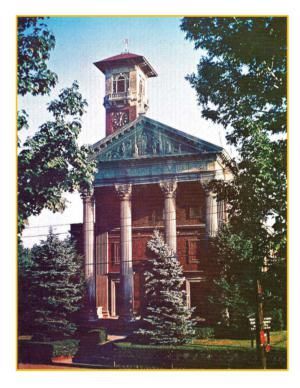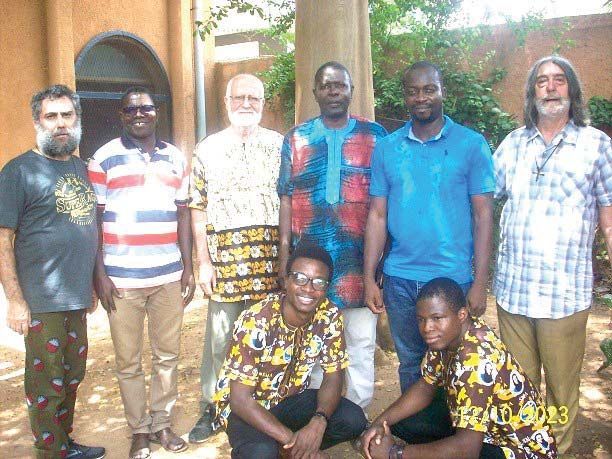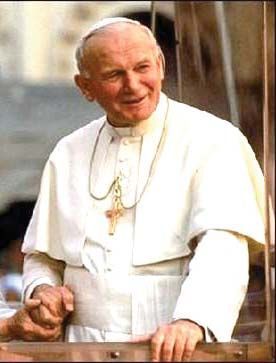1973/2022 49th Anniversary of “Roe v. Wade”: Witnessing to the “Culture of Life”
Yesterday, January 22nd, 2022 marked the 49th Anniversary of the U.S. Supreme Court decision “Roe v. Wade” which legalized abortion based on a constitutional right to privacy. While this history might be the peculiar path our own nation took to legalizing abortion, it ends up in the same place as the world-wide movement for abortion-advocacy. As columnist George Weigel pointed out in his essay
No Optimism, Much Hope (Boston Pilot, January 7th, 2022):
[In 2022] the European Union will continue to insist (as it did recently) that limitations on the killing of unborn children constitute “genderbased violence” because abortion-on-demand is a “fundamental human right” that “cannot be subordinated to cultural, religious, or political considerations.”
Abortion as a “fundamental human right”… that is the state of affairs we have come to at this moment in history.
Against this we as Catholics must witness to the “fundamental right-to-life of the human person” which takes precedence over this asserted “right” to abortion.
Perhaps it would be helpful here to re-iterate some of the basic teachings regarding the right-to-life and the Culture of Life as we find them in the
Catechism of the Catholic Church.
Human Life is sacred because from its beginning it involves the creative action of God and it remains for ever in special relationship with the Creator, who is its sole end. God alone is the Lord of life from its beginning until its end: no one can under any circumstances claim for himself the right directly to destroy an innocent human being. (PAR 2258)
Since God alone is the Lord of life, once a human life has begun we do not have the right to
un-person that human life.
Human life must be respected and protected ABSOLUTELY from the moment of conception. From the first moment of his existence, a human being must be recognized as having the rights of a person–among which is the inviolable right of every innocent being to life. (PAR 2270)
Since the First Century the Church has affirmed the moral evil of every procured abortion. This teaching has not changed and remains unchangeable. Direct abortion, that is to say, abortion willed as an end or a means, is gravely contrary to the moral law:... (PAR 2271)
Even a secular state cannot ignore or abrogate its duty to protect the right-to-life of every innocent individual human being. Here is what the Catechism teaches us about this duty in civil law.
The inalienable rights of the person must be recognized and respected by civil society and the political authority. These human rights depend neither on single individuals nor on parents; nor do they represent a concession made by society and the state; they belong to human nature and are inherent in the person by virtue of the creative act from which the person took his origin. Among such fundamental rights one should mention in this regard every human being’s right to life and physical integrity from the moment of conception until death. (PAR. 2273 [a])
The moment a positive law deprives a category of human beings of the protection which civil legislation ought to accord them, the state is denying the equality of all before the law. When the state does not place its power at the services of the rights of each citizen, and in particular of the more vulnerable, the very foundations of a state based on law are undermined... (PAR 2273 [b])
These citations are touchstones of the Church’s Culture of Life, which is itself the application of the Moral Law from the Ten Commandments and the ideals of the Gospel. We have a duty to make the effort not just to know it but to internalize it so that it is second nature to us. Who will take us seriously if they do not see us living it precisely when it is very costly to us and maybe even requires an heroic sacrifice?




About Our Parish
Mary Immaculate of Lourdes is Newton and Needham Massachusetts' oldest Roman Catholic Parish. Founded as Saint Mary Parish in 1870, it was renamed "Mary Immaculate of Lourdes" when the new Church was dedicated on Thanksgiving Day, 1910. In addition to being a regular territorial parish of the Archdiocese of Boston it is also a "Mission Parish" since 2007 with a special apostolate for the Traditional Latin Mass (1962 Missal).
Contact us
Mary Immaculate of Lourdes Church
270 Elliot Street
Newton, MA 02464
USA
Copyright © 2023 Mary Immaculate of Lourdes Parish. All Rights Reserved.
